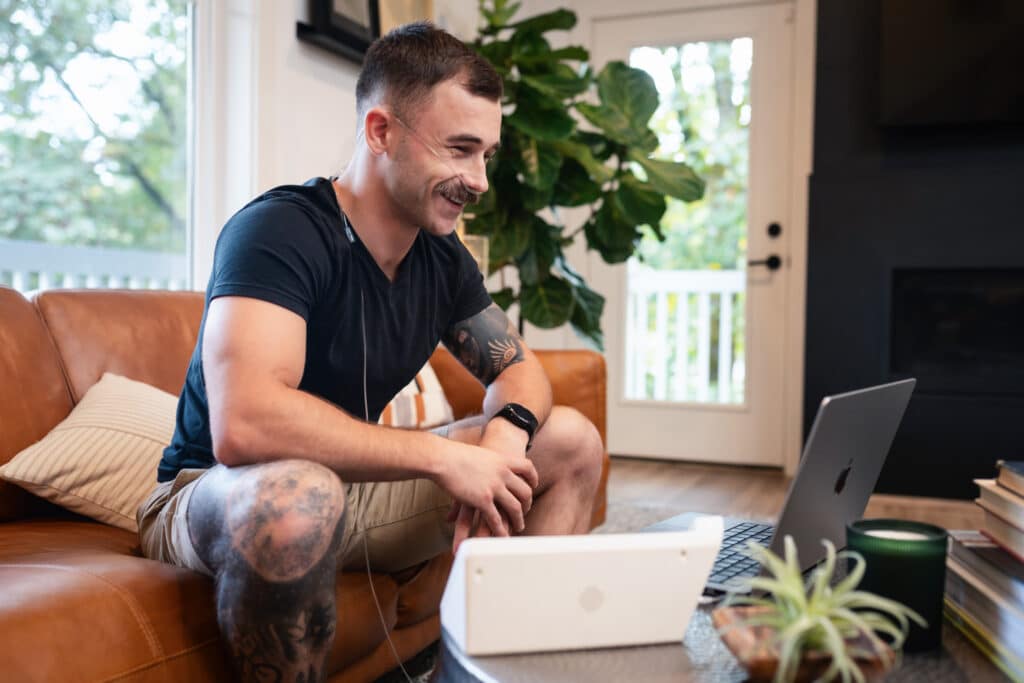Post-traumatic stress disorder (PTSD) goes beyond flashbacks and nightmares. Anxiety symptoms—like hypervigilance, irritability, and panic—often accompany trauma long after the event itself.1
Trauma’s Imprint on Your Nervous System
When a traumatic event occurs, your body’s fight-flight-freeze response activates to protect you.2 For many, that system remains stuck in overdrive, causing:
- Chronic anxiety and jumpiness
- Difficulty concentrating or sleeping
- Exaggerated startle reactions
- Persistent worry and intrusive memories
This hyperarousal state can feel unrelenting without targeted intervention.
Anxiety Symptoms in PTSD
Anxiety in PTSD often appears as:
- Muscle tension and restless energy
- Racing heart and shortness of breath
- Avoidance of reminders or social withdrawal
- Excessive scanning for threats3
Recognizing these symptoms as part of PTSD—rather than “just anxiety”—opens the door to more effective treatment.
Evidence-Based Coping Strategies
Therapy and medication are proven treatment options, but for on-your-own support, try these at-home, research-backed techniques to help you gain immediate relief:
- Breath-based interventions: Practice paced inhalations and exhalations to downregulate hyperarousal and interrupt panic on demand.4
- Progressive muscle relaxation paired with grounding (5-4-3-2-1) to dissolve physical tension and anchor your mind in the present.5
- Consistent sleep hygiene and brief cognitive journaling to improve rest quality and reframe intrusive memories.6
Another effective, proven, at-home option is Freespira’s 28-day program.
Why Freespira Is Clinically Proven
Freespira’s protocol uses precise respiration and exhaled CO₂ levels to retrain your body’s stress response. In peer-reviewed studies, participants with PTSD achieved clinically significant reductions in anxiety symptoms and hypervigilance after an eight-week Freespira program.7
You don’t have to face PTSD and anxiety alone. Freespira is clinically proven to reduce PTSD symptoms by addressing both mind and body.



